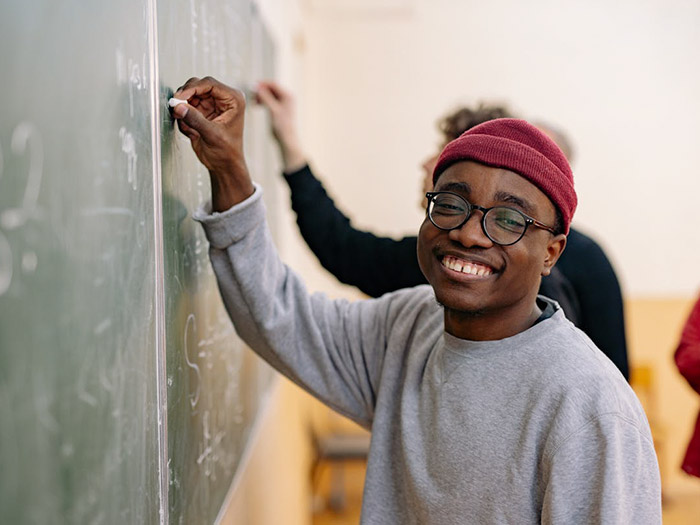 Flipping the Classroom
Flipping the Classroom
Flipping the classroom is a teaching technique where instruction and course materials are introduced outside of class, and in-class time is used for assessment, inquiry, and applying knowledge.
- Flipping a classroom entails re-envisioning how class time can be best used to guide students in applying knowledge and skills with the appropriate amount of challenge. Determine where “flipping” makes the most sense for your course. What topics would students be best served applying skills in class? What do you notice them struggling with the most?
- Decide what activities could appropriately challenge students to apply concepts. Are
there any real-world concepts and applications you can engage them with?
In-class activities might include:- Homework problems with a response system, such as Pear Deck or Nearpod
- Case studies
- Debate
- Team-based learning
- Peer instruction
- Also, consider how you will prepare students to engage in class. What expectations do you have? What roles might they play?
- Establish content that can be consumed outside of class that will help students prepare
to apply knowledge.
- Create 3-5 minute videos of essential content
- Check for understanding with comprehension quizzes.
- Hold students accountable for pre-class work.
- Teaching is an iterative process. Keep notes to reflect on what worked and what can be improved for the future.
Adapted from: The University of Texas at Austin, Faculty Innovation Center. (n.d.). Quick start guide: Flipped classroom. https://ctl.utexas.edu/sites/default/files/utflipquickstartguide120516-2.pdf Licensed CC-BY-NC-SA
There are several benefits of using class time for students to apply skills.
- Use and development of higher order skills: When students regularly practice critical thinking and problem solving skills, they not only acquire subject matter knowledge but also cognitive skills that are applicable across disciplines.
- Longer retention of information: When multiple modalities are used to teach, such as audio, tactile, and visual, students are more likely to retain the information for a longer period of time compared to solely passive methods of instruction like lecture or reading.
- Motivation and interest: Using more active methods of instruction can increase student motivation and interest making the learning process more enjoyable. By providing opportunities for meaningful application of learning, students’ intrinsic motivation and interest improve leading to more sustained academic success.
- Real-world application: When active learning involves real-world application, students are better able to see the long-term relevance of their learning outside of the classroom.
Research
- “Measuring actual learning versus feeling of learning in response to being actively engaged in the classroom” (National Academy of Sciences peer-reviewed article, 2019
- “Are flipped classrooms less stressful and more successful? An experimental study on college students” (2022)
